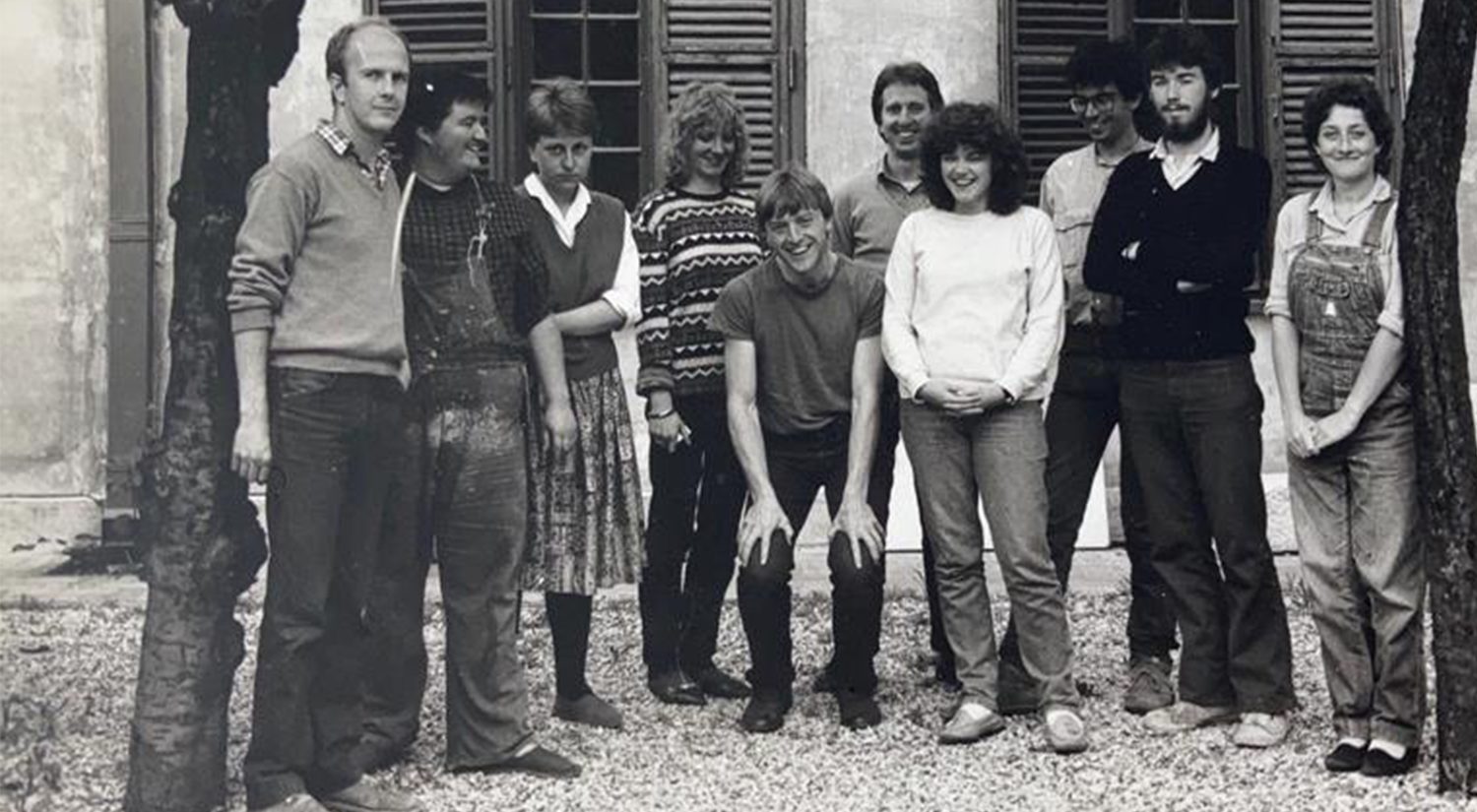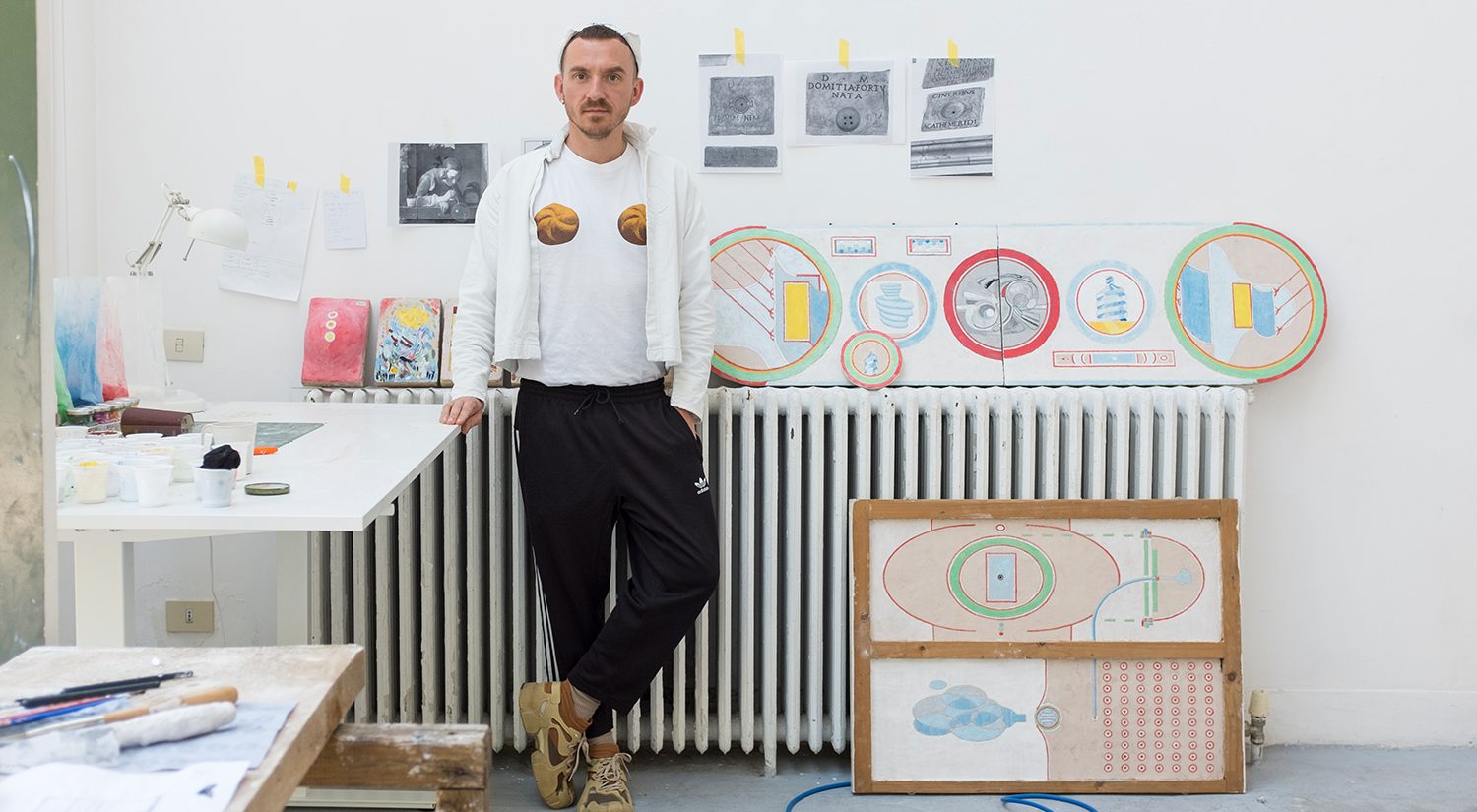An Archive is not a careful selection of materials, like a Library. A few days ago I heard this observation from Charlotte Roueché, Honorary Archivist at the Society for Libyan Studies, and it immediately caught my interest. Indeed, an Archive happens serendipitously, and the majority of its content is unpredictable, especially in the early phases of its gestation. The most fascinating boxes you may find in an archive, on a shelf, neatly arranged with other apparently similar boxes, are perhaps those labelled as miscellanea. The name itself may conjure all sorts of content ranging from the ‘quite’ trivial to the ‘absolutely’ inspiring and, more often, you do not know what to expect. Whether this box is completely irrelevant to your research or a door opening up a new unexpected path in your field of study, the surprise is around the corner.
In the following blog on the riches of the BSR Archives, our attempt is to turn the spotlight onto this particular set of materials and show the potential of its content by guiding you through multiple research strands. After all, everything depends on the way you look at these records and the perspective from which you are interrogating them. Research into archives might be compared to an archaeological excavation and sometimes, during the digging process, you do not know what you are going to find, to quote Charlotte Roueché again.
Ben White, a PhD student currently writing up his thesis on colonnades in ancient Rome, has been working as part of the archive team for several months on four such miscellaneous boxes. Now in this series of two posts, he will recount one of the stories emerging from these boxes.
Alessandra Giovenco, Archivist

This archival box comprises c. 290 individual letters, telegrams and reports, as well as c. 50 postcards. Taken together, the materials constitute a veritable window into the British School as an institution during the years of 1919 and 1920. The primary content pertains to administration. While miscellaneous, and indeed regarding matters that are sometimes tedious and not immediately interesting, delving into this corpus of handwritten notes, laboriously typed-out reports, and plain financial receipts, affords a delicate proximity to life among an interconnected, vibrant community during the challenging post-war period.
Eugénie Sellers Strong, the Librarian and then Assistant Director (1909-1925), features in c. 45 letters, many of which composed in her typically cryptic script. What emanates from Strong’s writings is a remarkable attention to detail coupled with a resounding work ethic (herself often lecturing and networking whilst ‘on holiday’ touring the UK), a distinct appetite for the expansion of the Library’s resources and accessibility, and the cultivation of a compassionate network of diligent Library staff formed from the BSR’s alumni.
Strong was pivotal. A real focal point of the School who was responsible for so much of what endures today. A feeling of her personality can be testified in the mass of little postcards she penned (https://britishschoolatrome.wordpress.com/2018/06/19/postcards-photographs-1/). Such documents reveal the laborious processes of communication in the 1920s, especially, for instance, in the means of editing a publication such as the PBSR, for we often find scrawled annotations, corrections and illustration sources being discussed throughout these personal communications. One does wonder how they ever understood each other, even despite their training in traditions of palaeography! We can nevertheless picture Strong fervently answering messages day-by-day, finding the time when she could to write replies all over these small surfaces, suddenly finding that in her enthusiasm there was not enough space to finish the message.

In integrating the box’s miscellaneous materials with the BSR’s extensive multimedia archives, it is possible to animate photos such as this one, populating these monochrome snapshots with the conversations and interactions taking place in the School’s research community.

Back row: Unknown, Unknown, Unknown, Eugénie Strong, Colin Gill (Rome Scholar in Painting), Mrs Hardiman, Alfred Hardiman (Rome Scholar in Sculpture), Unknown.
Middle row: Miss Jamison, Miss Makin, Winifred Knights (Rome Scholar in Painting).
Front row: F.O. Lawrence (Rome Scholar in Architecture), Job Nixon (Rome Scholar in Engraving), Unknown.
Seated at Strong’s right is Miss Alexandrina Makin, fondly known as Ena. We can come to know Makin through a series of references in applications and letters found in our box. In 1914, at the age of 22, Makin graduated from the University of Edinburgh with a Masters of Second-Class Honours in Classics, in which Makin tuned her grasp of ancient Latin and Greek alongside her knowledge of archaeology. After the war, in 1919, Makin was awarded a George Scott Travelling Scholarship from Edinburgh which helped fund part of the journey to Rome and to begin research at the BSR. To supplement her modest studentship, Makin corresponded with the BSR’s administrators in London who suggested assisting Strong, following the advocacy of Thomas Ashby, the Director, who was sensitive to the need “for help in the Library, where there is plenty of work to be done.”[1]

In our next post, we will follow the experiences of Makin as she first entered life at the School, including her appointment to a position in the Library and her close working relationship with Strong as she fostered a collegial network of women in the early 1920s: a core interpersonal pillar of the School which this series attempts to remember. Our box allows us to give life to an otherwise hidden character and reconstruct the personality of a dedicated, tenacious member of the BSR’s academic and professional community.












